A Peek Behind the Scenes: The St. Baldrick’s Grant and Scientific Review Process
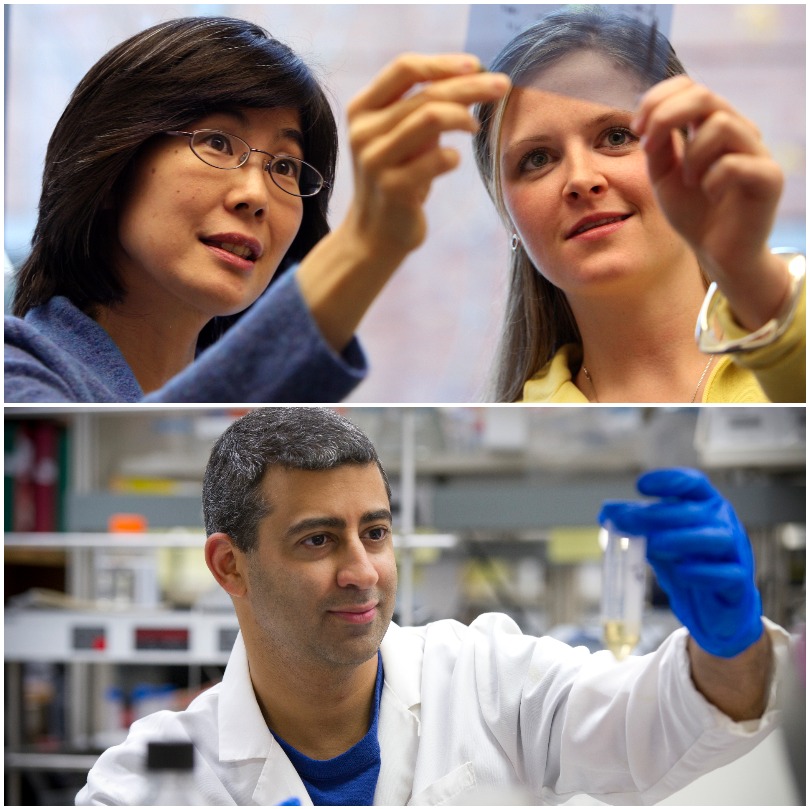
Top: St. Baldrick’s researcher Akiko Shimamura (left) in her lab with a colleague at Fred Hutchinson Cancer Research Center in Seattle. During her St. Baldrick’s-supported study, Dr. Shimamura studied a rare group of inherited bone marrow disorders that are associated with heightened risk of cancer. Bottom: Based at the University of Medicine and Dentistry of New Jersey, St. Baldrick’s researcher Scott Kachlany tested a new therapeutic agent for kids with ALL during his St. Baldrick’s-supported study.
The St. Baldrick’s Foundation makes a bold statement: We support the most promising childhood cancer research, wherever it takes place. And because we grant more childhood cancer research than any non-government funder, it’s crucial that those dollars go to the right projects. But how do we pick the right projects?
Rising to that challenge is a widely respected grant application and scientific review process created by the St. Baldrick’s Foundation.
What Is Diffuse Intrinsic Pontine Glioma (DIPG)?

What is DIPG?
DIPG stands for diffuse intrinsic pontine glioma. It is a type of high-grade glioma, a brain tumor that comes from cells called glia that surround, protect, and otherwise support the nerve cells in the brain.
DIPG is always found in the brainstem. This part of the brain controls many basic functions like breathing and swallowing, as well as muscles that help with speech and eye movements.
It is most common in elementary school-aged children, but it can affect children of any age.
Learn more about childhood cancer >
About 250 kids in the U.S. are diagnosed with DIPG each year.
A Force For Good: St. Baldrick’s + The Children’s Oncology Group
In the world of childhood cancer research, the St. Baldrick’s Foundation and the Children’s Oncology Group (COG) are two superheroes, teaming up to use their complementary strengths to save lives.
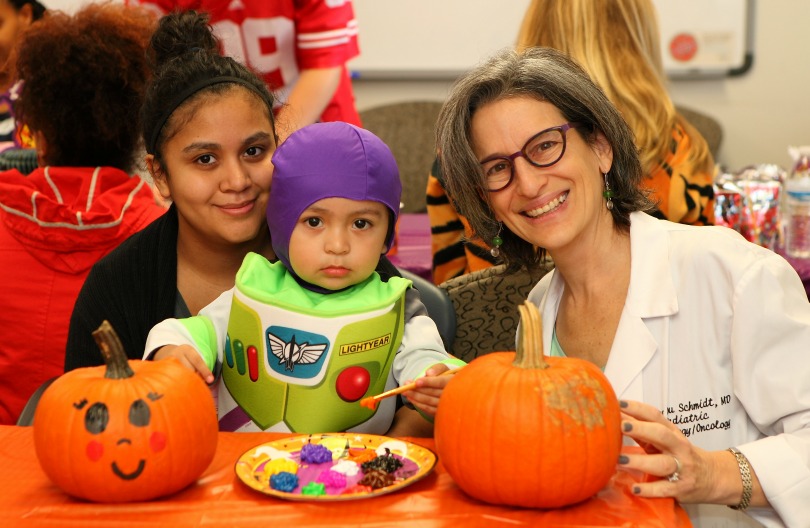
Dr. Mary Lou Schmidt decorates pumpkins with her patient, Isaac, and his mom. Isaac is on a Children’s Oncology Group clinical trial that’s part of a unique tri-institutional clinical trial program in Chicago that’s supported by St. Baldrick’s.
A Letter to You, From David’s Mom and Dad
Ever wonder if your contributions make a real difference? That money you donated to the St. Baldrick’s Foundation – did it really accomplish anything?
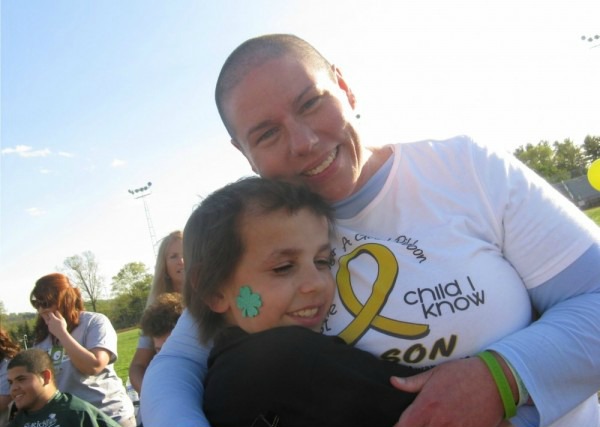
David squeezes his mom, Susan, tight during a fundraising event.
Let us tell you about our son, David.
What You Should Know About Childhood Cancer [INFOGRAPHIC]
Childhood cancer is real, and it affects thousands of kids and families around the world every year. If you’re interested in joining the fight against childhood cancer, there are a few realities you should know:
11 Travel Tips For Families Vacationing With a Sick Child
The Furco family spent their holiday vacation traveling somewhere they’ve dreamed of going — to Italy with their child Ambassador Abby, who had cancer. How’d they do it? Read on for 11 travel tips from Abby’s mom, Patty, who is ready to share how you can successfully take a child with medical needs on a trip of a lifetime.
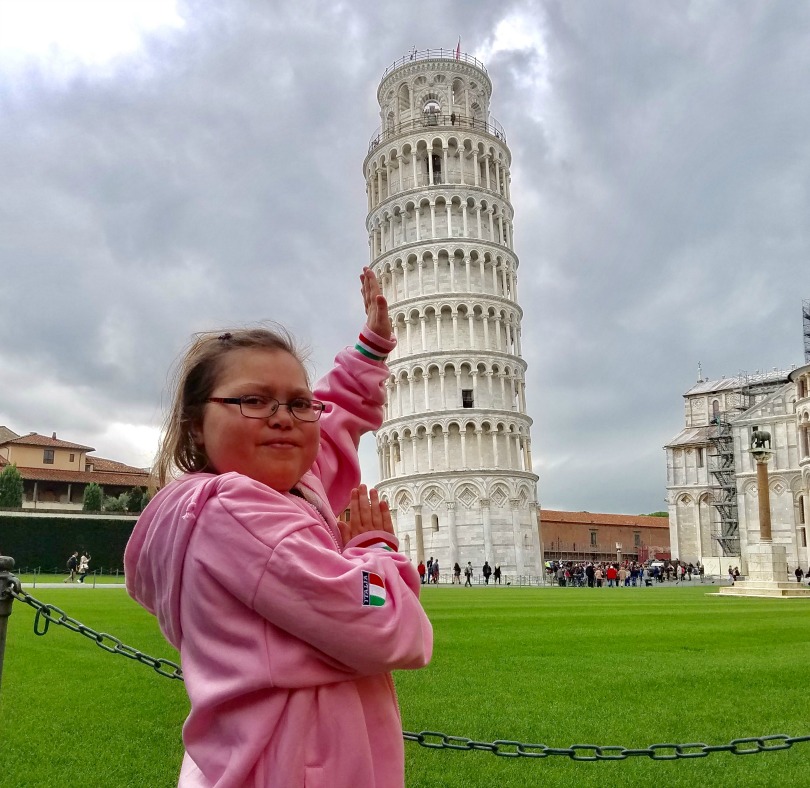
Ambassador Abby pretends to hold up the Leaning Tower of Pisa while on vacation in Italy.
Traveling with family is tough. But vacationing with a child in treatment or with ongoing medical needs brings it to another level. It takes a lot of forethought, from the what ifs, to making sure you have the right supplies, to planning for proper medication storage during travel – whew, it’s exhausting just thinking about it. But all the hard work is so worth it.
How to Care for a Shaved Head: 6 Tips from the Pros
Being bald means thinking about hair (or scalp) care in a whole new light. Fortunately, taking care of a shaved head is easy with these six tips.
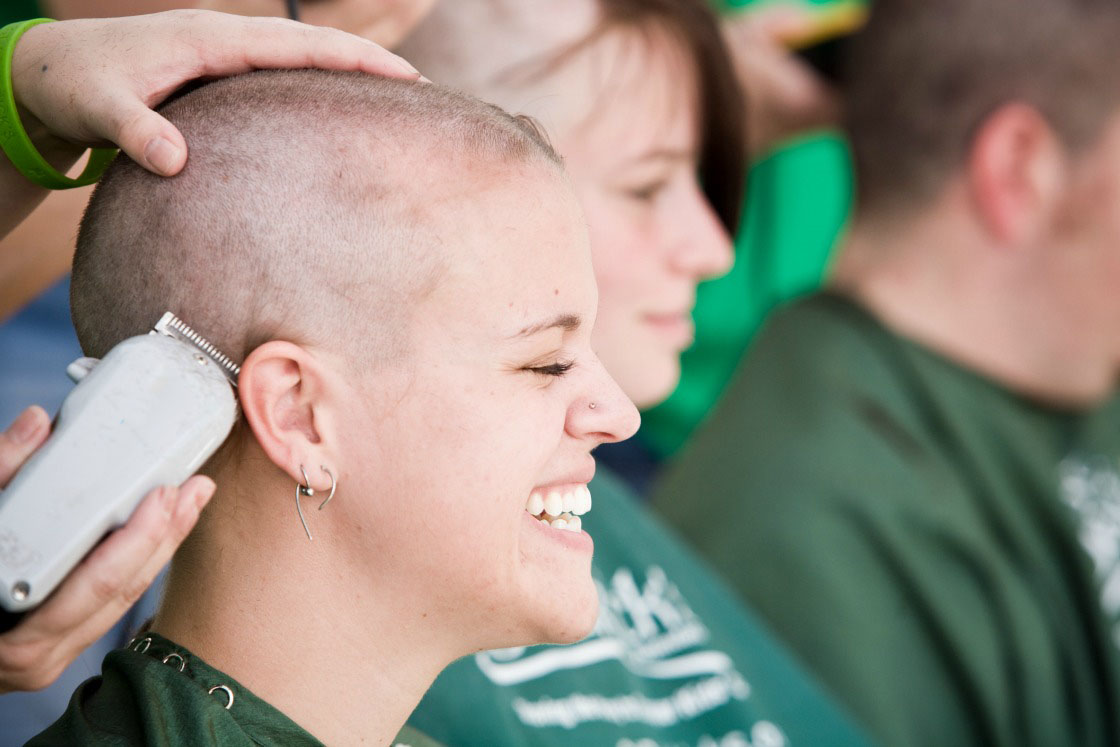
Every year, tens of thousands of men, women, and kids shave their heads for the St. Baldrick’s Foundation. They do it for one reason: to cure cancer.
Learn more about the St. Baldrick’s Foundation >
Whether you’ve recently shaved or you’ve been sporting the no-hair look for years, do you know the best bald head care practices? Neither did we, so we turned to the men and women who have helped more people go bald than anyone else we know: our St. Baldrick’s barbers.
Hair care professionals from across the U.S. answered our call for advice, and they gave us some great tips! Here’s what our barbers had to say:
Who Is St. Baldrick?
We get this question a lot — who is St. Baldrick of the St. Baldrick’s Foundation?

Is he the patron saint of the shaved? Does he have something to do with male pattern baldness? Would he be the wrong guy to pray to for a good hair cut?
No, no, and — maybe?
What we’re trying to say is that a saint named Baldrick doesn’t really exist.
(We know you’re disappointed, but we promise it gets better!)
The name St. Baldrick’s is a mashup of St. Patrick’s Day and the word “bald” — two things which sum up the humble beginnings of the St. Baldrick’s Foundation, a childhood cancer foundation that funds grants for childhood cancer research through shaving events and other fundraisers across the globe.
What Is Acute Promyelocytic Leukemia?
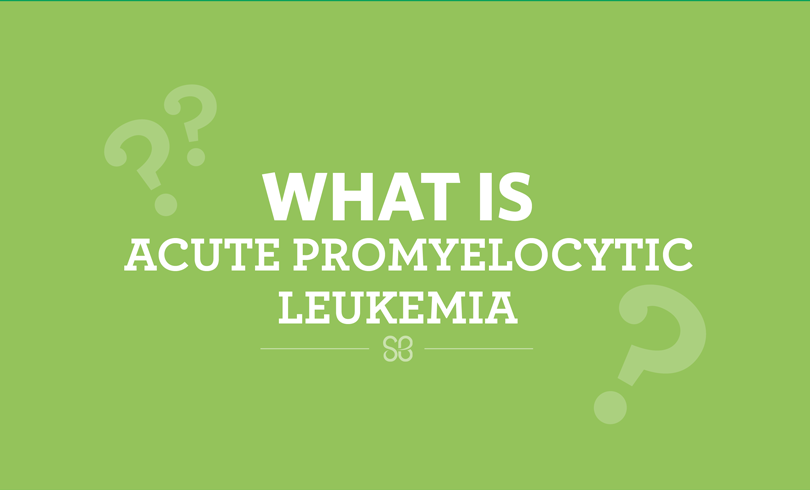
Dr. Edward Allan Sison, a former St. Baldrick’s Fellow, is a faculty member at Baylor College of Medicine and Texas Children’s Cancer Center. He’s researching ways to make chemotherapy more effective in children with high-risk leukemias. He explains APL leukemia symptoms, treatment options, and how your support is moving research forward to help kids with this disease.
What is acute promyelocytic leukemia?
Leukemia is a cancer of the white blood cells. Acute promyelocytic leukemia (APL) comes from a type of white blood cells called promyelocytes.
Normal promyelocytes will grow up into white blood cells that fight off infection. In APL, the promyelocytes forget that they are supposed to grow up, and instead multiply at a very fast rate.
What Is Philadelphia Chromosome Positive ALL?

Dr. Gordon Cohen is a St. Baldrick’s Fellow at the John Hopkins Children’s Center. He’s testing new drugs for patients with Ph+ALL who relapse or fail to respond to treatment. He explains Ph+ALL symptoms, treatment options, and how your support is moving clinical trials forward to help kids with this disease.
What is Ph+ALL?
Philadelphia Chromosome positive acute lymphoblastic leukemia (Ph+ALL) is a rare subtype of the most common childhood cancer, acute lymphoblastic leukemia (ALL).
« Newer PostsOlder Posts »

 SBF
Tweets »
SBF
Tweets »